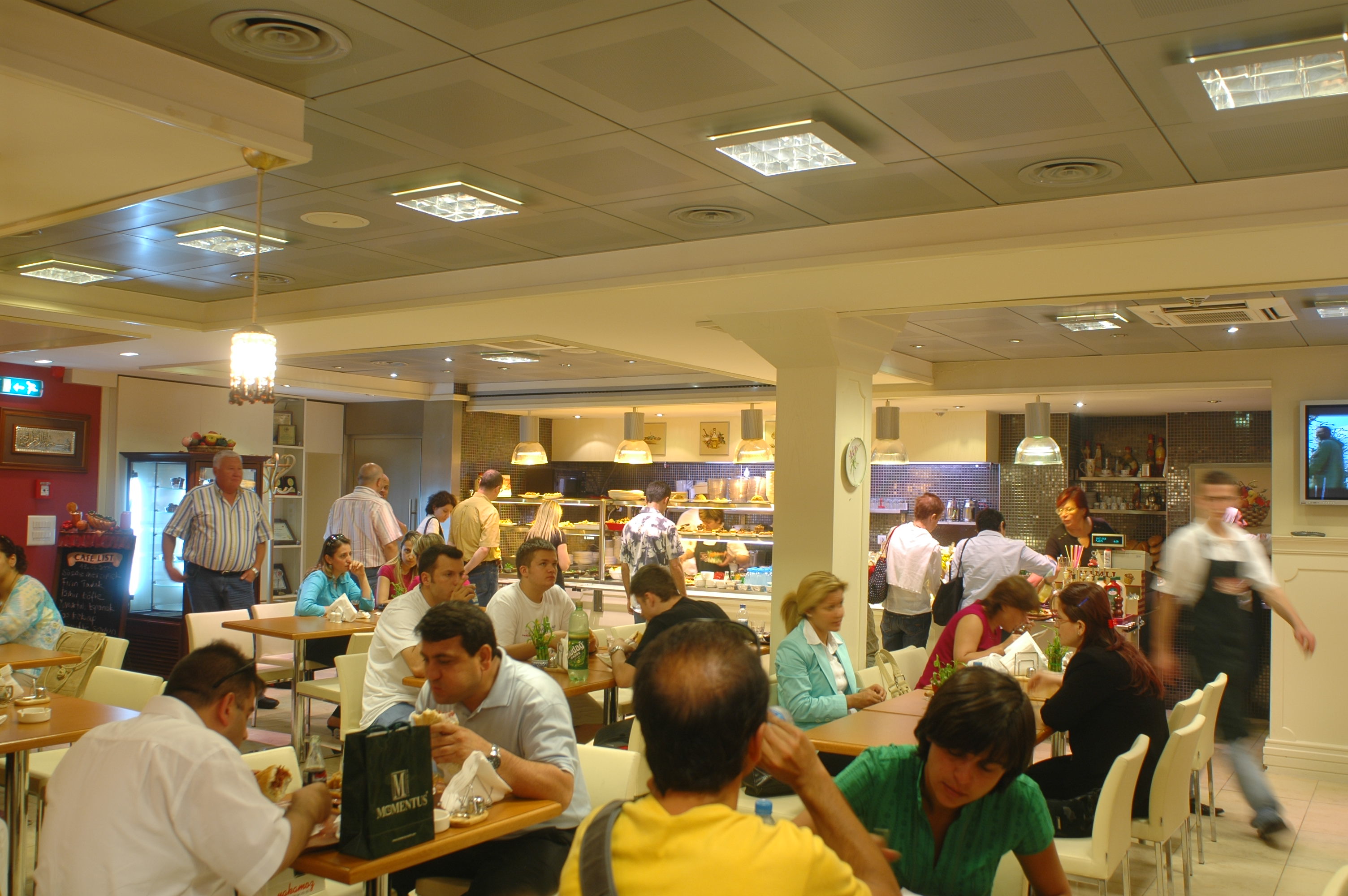I right here put up a half-sib breeding check out where F1 little ones produced by sheer also while the mutual crossbreed crosses anywhere between people from probably the most contaminated and you may a resource people with each other that it pollution gradient have been reared not as much as one another contaminated and resource requirements. Because of the estimating the amount out of hereditary (co)adaptation of lifestyle records qualities dimensions in the delivery, increases and eggs proportions, we assume one (i) smaller increases and you can improved egg proportions enjoys advanced this means that of endurance rates and adaptive lifetime record actions regarding steel stressed inhabitants; (ii) material coverage decreases the ingredient genetic variance proportionally more than this new other sourced elements of phenotypic difference, leading to decreased knew heritabilities and you will (iii) long-term steel coverage decreases the hereditary variability of your own examined qualities.
Information and methods
Number of analysis communities is actually based on a previous analysis where eastmeeteast kuponu adaptive lifetime history alter was shown to co-vary that have internal steel human anatomy burden with each other a pollution gradient (look for Hendrickx et al., 2003b ). The populations utilized in this research illustrated the two very tall circumstances along so it gradient and have been characterized by profound differences in life background faculties and you will internal material focus. Resource society ‘Damvallei’ (50°58’N, 3°50’E; after that known as ‘R’) arises from a clean lowland mire which have a reduced amount of material toxic contamination. Lower than community criteria, ladies of the people had an enormous dimensions, a comparatively high reproductive efficiency and you may brought quick eggs. A severly polluted populace ‘Galgenschoor’ (51°18’N, 4°16’E, known as ‘C’), comes from an effective tidal marsh along side Schelde, a river that suffered from really serious steel pollutiond over the last four age ( Zwolsman et al., 1996 ). In addition to the notably high Computer game-, Cu- and you will Zn-blogs during these spiders, mature dimensions and you will reproductive returns of women was basically somewhat lower, but egg size are significantly high, compared to females away from society R ( Hendrickx ainsi que al., 2003b ). The exact distance between one another communities try 45 km.
Doing a hundred hibernating juveniles off for every single inhabitants was indeed built-up through the ber within a stable heat from 26 °C and you can a good sixteen : 8 h white : ebony photoperiod. They were leftover truly from inside the Petri ingredients with in the bottom a piece away from plaster regarding Paris. As sheer populations associated with species try destined to extremely wet and inundating habitats ( Hanggi ainsi que al., 1995 ), Petri edibles was indeed kept on a hundred% relative moisture. Spiders was in fact provided advertising libitum that have fruit flies three times a few days. To find max growth requirements and you can restricted mortality, 40% moist lbs floor dog dining was placed into a banana and you may oatmeal created fresh fruit travel medium ( ).
Fresh design
We applied a breeding design that allowed to simultaneously test for within- and between-population genetic variation in life history traits and cadmium susceptibility. Besides pure R and C offspring (RSRD and CSCD respectively; subscript S denotes Sire population and subscript D denotes Dam population), reciprocal crosses (RSCD and CSRD) produced hybrid offspring. To extract additive genetic components of life history divergence, males and females were mated according to a half-sib mating design by allowing males of both populations to copulate with two females of each population (four females in total). However, this scheme could not be maintained in all cases due to frequent injuries or killing of males by females during copulation. Offspring originating from copulations in which a male could not copulate with at least one female from either population were excluded from the experiment. The parental population consisted of 13 R and 10 C males and 31 R and 39 C females. Parental females produced an egg cocoon from which spiderlings emerged after 3 weeks. F1 offspring was obtained by randomly selecting 14 spiderlings per female, resulting in 980 spiderlings of 16 RSRD, 23 RSCD, 15 CSRD and 16 CSCD full sib families at the start of the experiment. First and second instars are unable to capture fruit flies and were therefore fed ad libitum with collembolans (Sinella curviseta) until they reached the third instar (after about 4 weeks). Hereafter, individuals of each full sib family were split at random into two equally sized groups of seven individuals, one of which was fed with fruit flies that were transferred to a medium containing 50 ?g Cd g –1 2 days before being fed to the spiders (rearing fruit flies on a contaminated medium for longer time periods may affect their nutritional value and hence confound the cadmium treatment). Spiders of experimental and control groups were fed four flies every third day until the age of 7 weeks when the daily portion was augmented to six flies. Adult females were fed 12 flies per day.


